Population loss is a very real problem for many parts of the Highlands and Islands.
Outwith its centres, there are scattered pockets of population, ageing residents – and many young people leave.
The area as a whole has enjoyed growth generally since the mid-1960s, particularly around Inverness and the Moray Firth.
But areas like the Outer Hebrides, Argyll and islands and Caithness and Sutherland have seen numbers fall.
Without intervention, we can only assume that pattern will continue, leaving swathes of the country all but empty.
In this investigation, we take a closer look at what is happening, why – and what can be done.
From housing to jobs to transport, we take you through the issues the three areas have in common.
From compulsory purchasing of land to an army of childminders and decentralisation of public sector jobs, we explore some of the options on the table.
Separately, we’ll look at each threatened “zone” and what it’s like to live there.
Population decline: The trends
National Records of Scotland (NRS) figures for 2021 shows the population of the Highlands increased by 22% in the last 40 years and 2% in the last 10.
Figures for the Outer Hebrides are down 18% since 1981 and 4% since 2011, while over the same periods Argyll and Bute shows decreases of 5% and 3%.
A report from the Convention of the Highlands and Islands (COHI) also showed the population of Caithness and Sutherland declined by 3.9% between 2011-2019.
Forecasts show a continuing trend of decline in the most fragile areas.
Population falls are projected for Caithness (-21.1%), the Outer Hebrides (-14%), Sutherland (- 12%) and Argyll and Bute (-10%) by 2041.
At the same time, the overall Highland population is expected to grow slightly, by 1.4%.
What can be done?
To try to reverse these trends, the three areas are being targeted for unprecedented action.
Multi-agency research and action is being focused in a way not seen before in a concerted effort to tackle acute population challenges.
Initial work is paving the way to develop the idea of each location being designated ‘re-population zones’.
This would concentrate effort on areas such as creating housing, jobs and economic activity to help change demographic direction.
The zones will require the Scottish Government, councils and development agencies to “focus deep and sustained effort” to tackle the long-standing issue.
The government’s proposed Islands Bond scheme, which would have seen up to £50,000 given to island residents to remain in their community or to encourage people to move, has been dropped.
However, settlement officers have recently been appointed in each of the three areas to help attract new blood and gather data to inform future actions.
What are repopulation zones?
While the criteria is developed to formalise repopulation zones, the pilot areas are testing local ideas to help address particular challenges.
The Scottish Government was moved to establish the Ministerial Population Taskforce in 2019.
It led to a paper to COHI which said there is merit in developing a concept around a specifically-designated set of areas.
The government has commissioned the independent Expert Advisory Group on Migration and Population to do just that. That report is expected in the autumn.
Each re-population zone will develop approaches and pilot innovation appropriate to its own needs.
But they will share experiences and provide a joined-up approach with national strategy in areas including:
• Economy and jobs
• Infrastructure (including digital connectivity)
• Public services and community
Action aimed at stimulating new economic opportunities could include rates relief and property rental holidays.
A working group has also looked at the dispersal of government jobs. They say this could create posts in outlying areas and directly impact population.
Pre-Covid the Scottish Government considered dispersing its workforces more widely across Scotland.
However, out of 10,800 government employees, only 300 are currently based in the Highlands and Islands, the COHI paper says.
Accessible housing is key
It argues it is an opportune time for the government to have a ‘work from anywhere’ recruitment culture.
The report highlights the need for accessible housing for holding local populations.
It suggests actions, such as compulsory purchase powers, to make land available, particularly for affordable accommodation.
Also, a shift to post-Covid home working requires appropriate digital infrastructure.
In addition, it says a strong and stable economy that holds and grows population, is a prerequisite to allow the Gaelic language and culture to thrive.
Highlands and Islands Enterprise (HIE) has already created a new post of regional population and talent attraction manager.
It also has links with nearly 40 organisations with development officers working on issues related to population issues.
The agency launched an enhanced graduate placement programme targeted at the most challenging areas and created the #BeHere marketing campaign
It is targeting the Communities Recovery Fund at areas most affected by depopulation.
Morven Fancey, HIE’s head of universities, skills and population, said depopulation is being addressed as never before.
“Voices have been growing over the last few years and we’ve tried to create some urgency around the issue to get these things done.
“It’s brought about serious dialogue and it’s much higher up the agenda.
“The government has responded by setting up the ministerial taskforce for population, with a rural balance to the fore.
“No one agency can do it, so we have to work together.”
No homes = no business growth
Top of the priority list by far is action on housing, followed by the need for stable employment.
Many employers have indicated they are keen to expand and create jobs, but lack of accessible housing is preventing progress.
Improving critical infrastructure, including broadband and transport, is another key priority, along with access to services and attracting talent.
“We will be testing new things that we can push the envelope on and bring the evidence to the government.”
(population) is much higher up the agenda
Morven Fancey, HIE
HIE has invested in Barra-based Modular West Ltd which builds full housing units indoors and transports them to rural and island sites.
Other proposals being examined include encouraging the government and builders to develop homes in smaller rural areas.
It is also hoped to ease regulations and devolve more money to communities to get more affordable houses built in places they are most needed.
Childminders, broadband and hubs
Other ideas include setting up 70 rural childminders in remoter locations. Broadband improvement is also on the agenda.
Four study areas – South Uist, Coll, Achiltibuie and Assynt – will be examined to look at costs of broadband and the potential economic impact.
They will draw inspiration from a project in Ireland that saw a digital hub, including remote-working desks and the latest conferencing facilities, created on the Donegal island of Arranmore in 2019.
Improved broadband could help encourage more public sector jobs to be dispersed to rural and island areas where they could have a significant impact.
Morven said HIE has decentralised senior jobs and new posts are advertised as ‘location neutral’.
“But what about other public sector organisations? To what extent are we holding their feet to the fire and questioning them about their recruitment policies?
“If we just had 10% of government jobs in the area that would be another 700-800 people here.
More state jobs in rural areas
“More excitingly, if we grow the Scottish Government footprint in this part of the world, when policies are being developed people in these localities will be speaking from a position of real knowledge.
“There is a huge opportunity for the Scottish Government’s own workforce to be much more distributed and dispersed. What a difference that could be in the long term.”
Highland Council says it recognises the seriousness of the issue and is working with partners to find innovative solutions.
This year it began a new scheme to buy directly from homeowners to bolster its housing stock.
It expects to have 100 new properties by the end of the year.
It also hopes the settlement officer in Caithness and Sutherland will help retain local people. It could also encourage others to commit to the area.
A spokesman said: “The settlement officer will also be examining the issue of housing across the designated pilot area as this is considered to be a major barrier to retaining and attracting people to the area.”
The Scottish Government said as well as looking at the repopulation zones concept, it is undertaking a range of actions to attract and retain people in rural and island communities.
These include work on Rural Visa Pilots and an action plan on depopulation to be published next year.
No quick fix to complex trends
“The Scottish Government recognises not only the urgency of the depopulation challenge facing many communities, but also that there is no quick fix to these complex trends.
“This emphasises the need to work with regional, local and community partners to ensure that we collectively deliver sustainable solutions to local and regional population challenges across Scotland.”

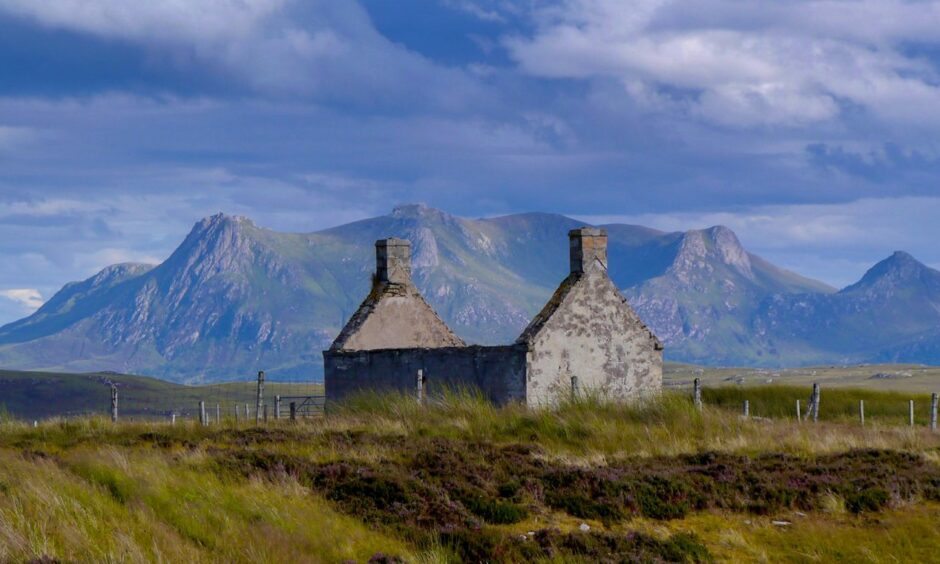
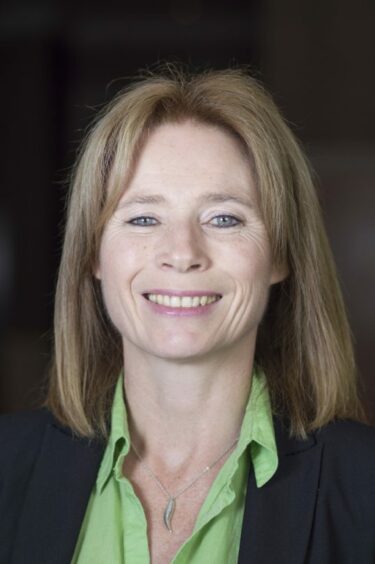
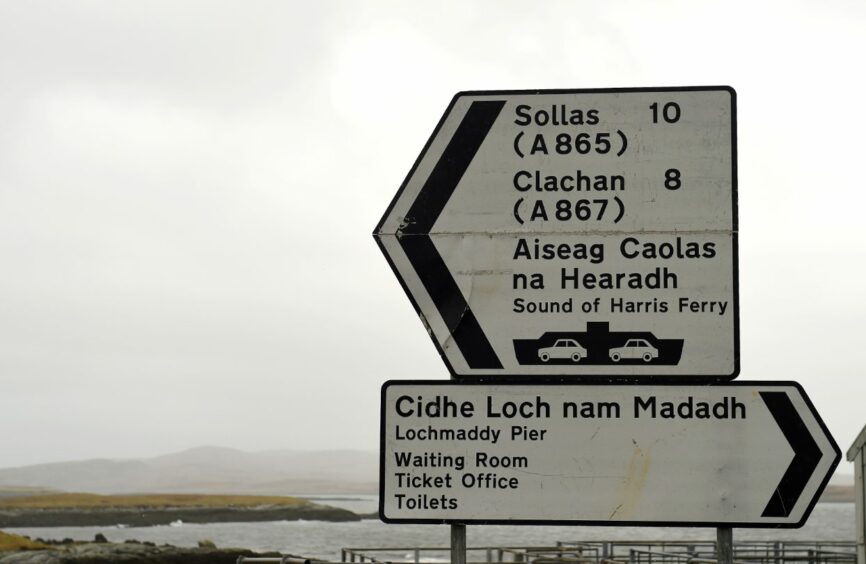
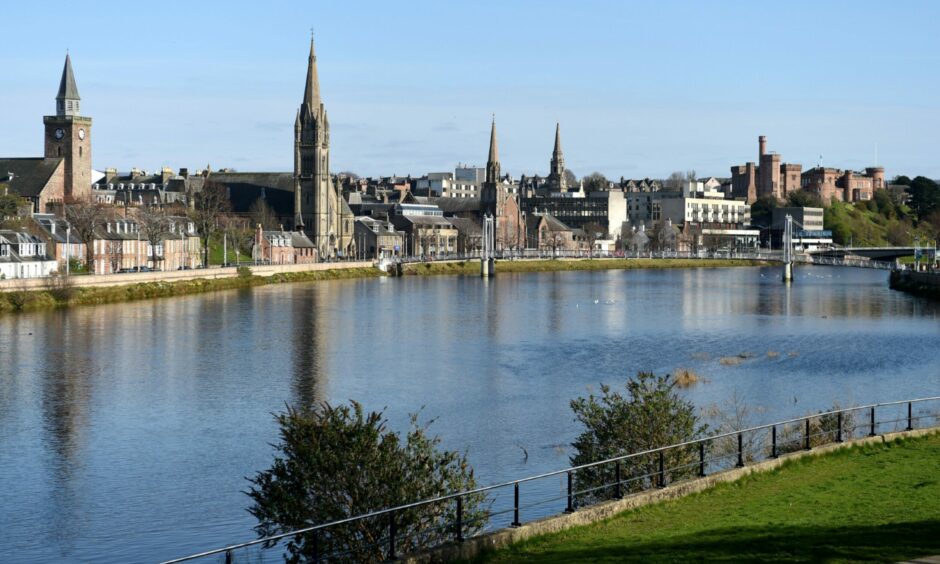
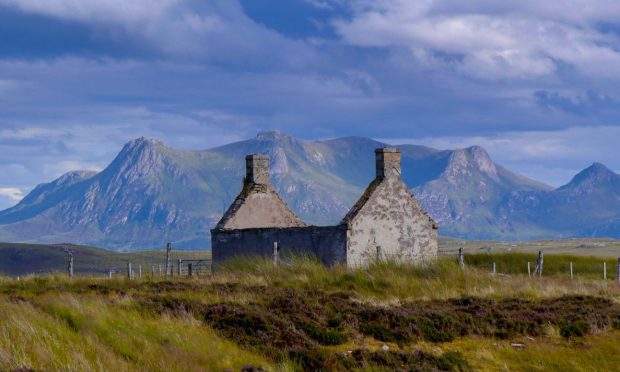
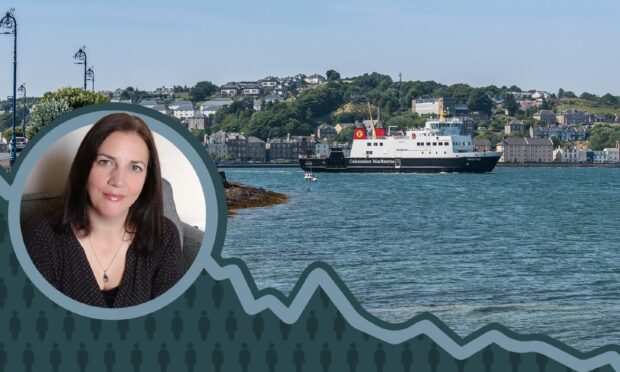
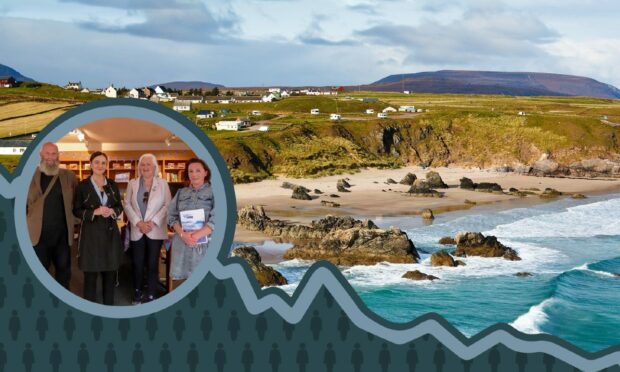
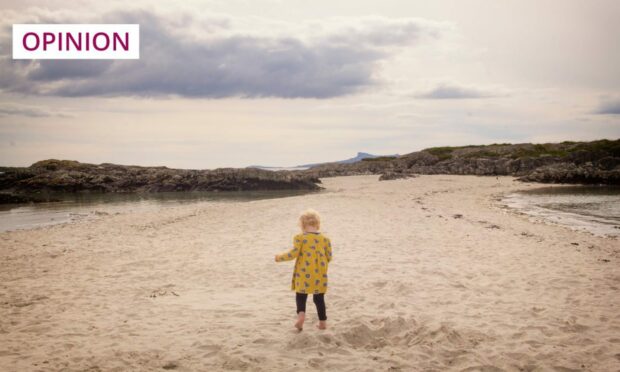
Conversation